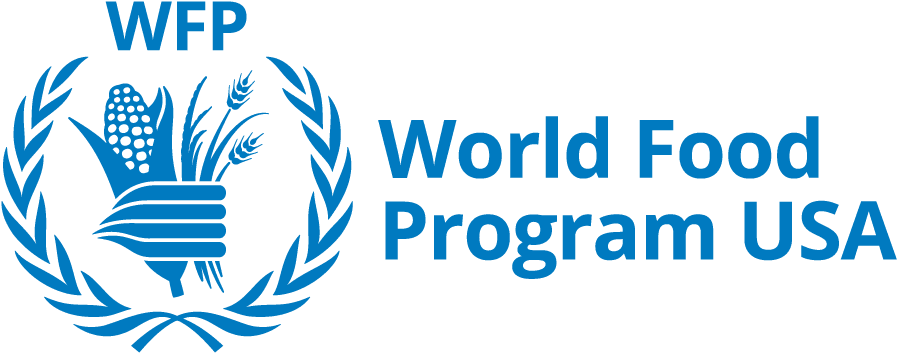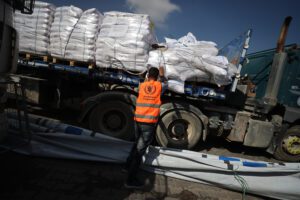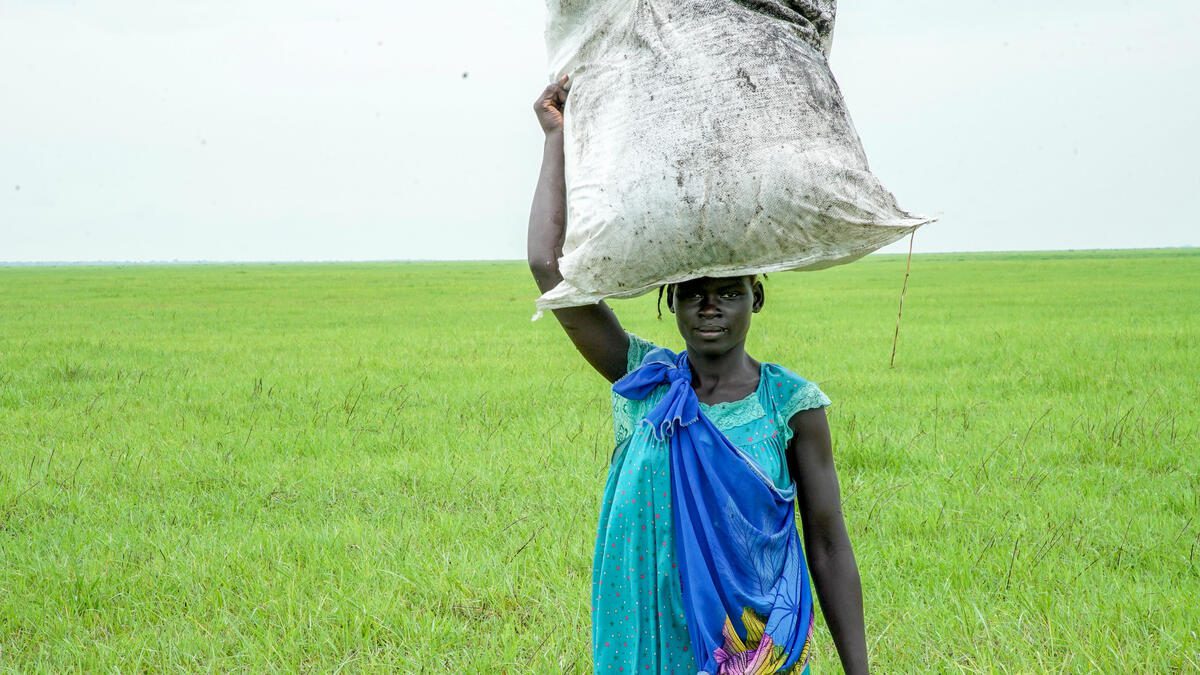Climate Change + Vulnerable Families = Widespread Hunger
How can we help people overcome this life-threatening combination? It’s perhaps one of the most pressing questions of our generation.
Sea levels are rising, deserts are growing and farmable land is shrinking. There is too much or too little rain. Floods, storms and droughts destroy land and livestock. For poor families, even small weather fluctuations can be catastrophic. Subsistence farmers lose their source of food and income. Children are pulled out of school to save money. Entire towns lose their livelihoods or even their lives. People resort to drastic measures to survive, like eating less or low-quality food or selling the very things they rely on, like animals, equipment and land.
If global temperatures rise by 2 degrees Celsius, it could push 189 million more people into hunger. By 4 degrees Celsius, that number could rise to 1.8 billion.
We have the power to turn this ship around, and WFP is at the wheel.
1. Forecast-Based Financing

Forecast-based financing, i.e. the financing of aid measures based on climate forecasts, is a fancy way of saying: the earlier WFP responds to a risk, the better and more effective the response is. For example, in the event of a flood, food and farming equipment needs to be stored in a safe place. If forecasts indicate that a flood is likely, the food and equipment can be moved even before the rain begins. This reduces both the cost of aid and the negative impacts of the event.
Preparing for a climate disaster ahead of time has a bigger and better impact on families than waiting for a disaster to strike. In fact, for every dollar invested in disaster prevention and risk management, WFP saves up to four dollars in disaster-response aid.
In a remarkable pilot project in Nepal, forecast-based financing reduced the cost of emergency aid for 175,000 people in flood-prone areas from $32 million to only $10 million. How? The flood alert reached people 15 days ahead of time, instead of the usual five hours. Emergency relief arrived faster because infrastructure was still intact.
2. Insurance

The overwhelming majority of all natural disasters come in the form of floods, storms or droughts. But for most people in poor, rural communities, there’s no such thing as homeowners insurance. WFP is changing that. The R4 Rural Resilience Initiative — or R4 — provides climate risk insurance to small-scale farmers in exchange for their participation in building community assets. R4 gets its name from a combination of four risk management strategies:
Minimize risk and promote resilience
Transfer risk to an insurance company
Enable people to make investments in their livelihoods
Guarantee financial security so people can build savings
It works like this: Participants work on projects like roads, dams or irrigation systems, which help minimize the damage from extreme weather. Their insurance policy becomes active, and the insurer carries the risk for weather-related damages. Once people know they are protected against loss, they can invest in seeds, fertilizers or new technologies, which increase their productivity. Increased productivity and security allow participants to build savings. This not only strengthens their resilience against climate shocks, but in the event of illness or death, families are no longer dependent on outside help.
As of 2020, R4 reached nearly 180,000 farming households, benefitting approximately 900,000 people in Bangladesh, Burkina Faso, Ethiopia, Kenya, Madagascar, Malawi, Mozambique, Senegal, Zambia and Zimbabwe.
3. Sustainable Farming

Over the last 50 years, the number of weather-related disasters has increased five-fold. One of the cruelest ironies of climate change and hunger is its disproportionate impact on small-scale farmers—the very people who grow food to survive. Subsistence farmers often have little knowledge about sustainable agricultural practices, such as soil preservation or water conservation. WFP helps increase communities’ knowledge about these techniques, like how to use fewer chemicals, plant drought-resistant crops, store water and rotate fields. Farmers learn how to protect their land from extreme weather and use resources in a sustainable manner, which can improve productivity, biodiversity and families’ health.
4. Better Packaging

Packaging is an inevitable part of WFP’s work. Delivering food to millions of people around the world requires millions of boxes, bags and jugs. In order to reduce the environmental impact of all those containers, WFP focuses on the three R’s: reduce, reuse, recycle. For example, WFP has adjusted its packaging to fit more food in smaller containers and limited the use of package colors to reduce the use of ink. WFP also designs its packaging from the beginning with reuse in mind. Many of the tins, cartons and packets get second lives as toys, building materials and housewares.
5. Foods to Prevent Environmental Degradation

According to the United Nations High Commissioner for Refugees (UNHCR), the degradation of natural resources is an inevitable consequence of the influx of many people to the same place. Today, 80% of all hungry people live in places that are highly prone to extreme weather, so we can expect more and more people to move to new places because of natural disasters. Host communities are often overwhelmed by the needs of so many incoming people. Additionally, when newcomers have limited knowledge of local foods or how best to use them, it can result in environmental harm. So, when WFP provides food, shelter and cooking supplies to migrants and refugees, they can satisfy their nutritional needs without damaging the environment. In this way, food distribution indirectly prevents environmental degradation.
6. Promoting Local Producers
 WFP/Raul Saenz
WFP/Raul Saenz
WFP has turned its vast food needs into a benefit for local food producers. WFP uses its purchasing power to connect small producers with regional markets through several programs: Purchase for Progress, Farm-to-Market Alliance and Home Grown School Feeding. Each of these initiatives has numerous environmental benefits that come from the same basic principal: Using locally-grown food means less pollution from long-distance transportation, including fewer greenhouse gas emissions, which is a huge benefit to the environment.
WFP is doing everything it can to help vulnerable people withstand climate change.
To learn more, check out our Climate Change and Hunger issue hub.
This piece summarizes stories by Lukas Eichelter and Virginie Laplante, both of which appeared on WFP’s Insights.






